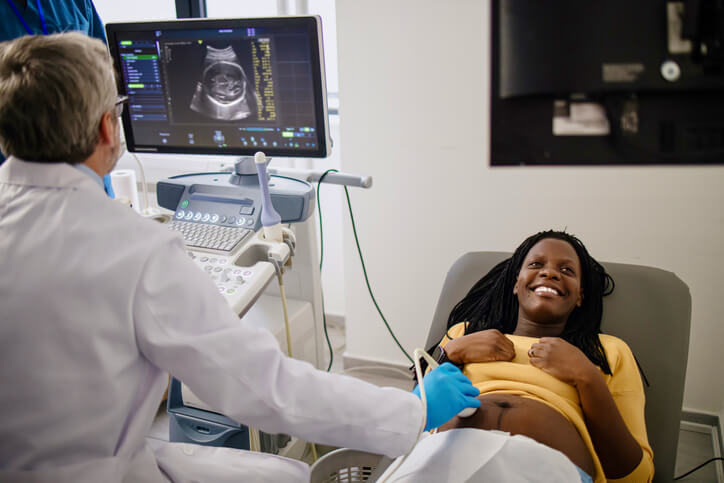Prematurity Awareness Month
Reducing the rate of preterm birth

Freedom from disparities & Preterm Birth
Ensuring ALL Families Have Resources to Carry Full Term

Ten percent of babies born in the United States are born prematurely, placing them at higher risk for health problems and complications. Learn evidence-based strategies from NICHQ and partners to help reduce the rate of preterm birth in the U.S. and improve perinatal and infant health outcomes.
Medical experts don’t know all the reasons that some babies are born prematurely, however, certain risk factors can increase the chance of preterm birth, including delivering a premature baby in the past, being pregnant with multiples, a short time (less than 18 months) between pregnancies, and tobacco use and substance abuse.
Shapiro-Mendoza CK, Barfield WD, Henderson Z, et al. CDC Grand Rounds: Public Health Strategies to Prevent Preterm Birth. MMWR Morb Mortal Wkly Rep 2016;65:826–830. DOI: http://dx.doi.org/10.15585/mmwr.mm6532a4
NICHQ INitiatives
Our Preterm Birth Work
Preterm birth, a leading cause of infant mortality and morbidity, disproportionately affects Black and Indigenous mothers and babies. Learn helpful strategies for reducing preterm birth rates from NICHQ’s evidence-based projects.
Tools to Improve your Practice

Preventing Preterm Birth Through Progesterone
Overcoming barriers to help moms access treatments that reduce the risk of preterm births.
Publications
Appropriate Use of Progesterone to Prevent Preterm Birth: Approaches to Measurement for Driving Improvement
Despite strong evidence supporting the benefit of 17-alpha hydroxyprogesterone caproate (17P) in preventing recurrent preterm birth, this treatment still does not reach most eligible patients. This study sought to identify approaches to measuring the appropriate use of 17P, with the goal of helping health systems better monitor and improve the implementation of this intervention.
Discussion
A variety of imperfect measures for the appropriate use of 17P are available. No “best” measure was identified—the optimal measurement option must fit the specific needs of a health agency. Better data infrastructure and harnessing information from integrated electronic health records could improve the quality of 17P use measurement for improvement efforts.

NICHQ News
Stay in the Loop
Get information on observances like Prematurity Awareness Month and other NICHQ news delivered directly to your inbox.
Additional Articles & Resources
CDC Preterm Birth Resources
The Centers for Disease Control and Prevention (CDC) put together a collection of resources to help raise awareness about preterm birth, factors that may increase the likelihood of delivering early, and strategies to help prevent preterm birth.
March of Dimes Report Card
The 2024 March of Dimes Report Card highlights factors contributing to maternal and infant mortality and morbidity. For the third straight year, the U.S. has received a D+ for its preterm birth grade with more than 370,000 preterm births in 2023.
Save the Date
Weekly Observances
Five distinct weeks are celebrated during Breastfeeding Awareness Month.




